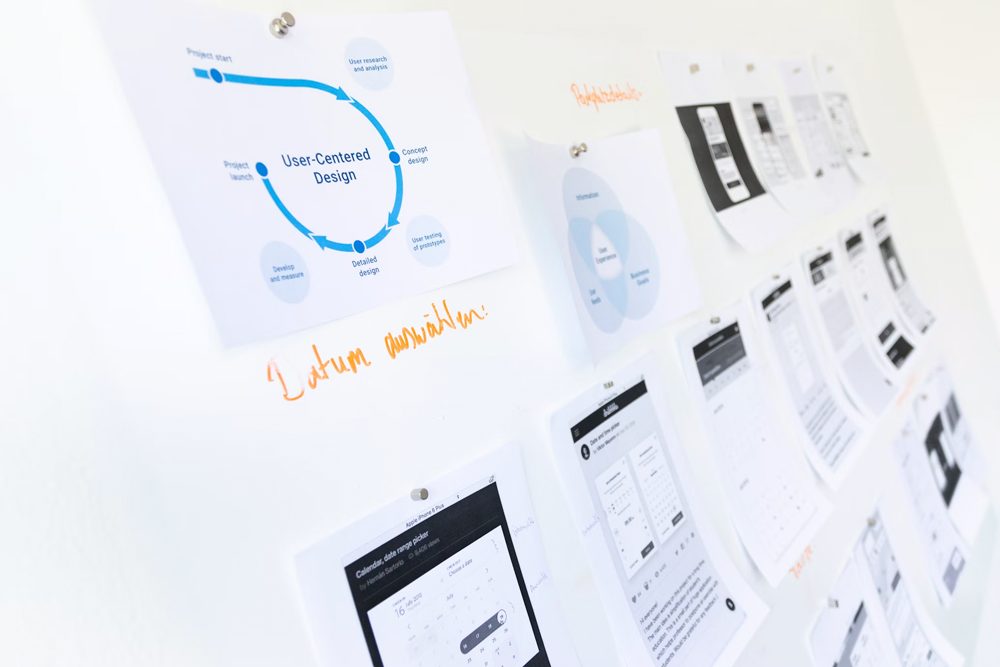In today’s competitive market, understanding your brand’s position is crucial for success. A brand analysis helps in visualizing and assessing the brand’s current standing, identifying gaps, and paving the way for strategic growth. We’ll take you through the steps of evaluating your brand and how to improve it, with insights on how Anala can assist you throughout this process.
Step 1: Define Your Objectives
Every brand analysis starts with clear objectives. These objectives guide the entire process, ensuring that your analysis is focused and aligned with your business goals.- Identify Key Questions: What do you want to learn about your brand? Are you looking to understand customer perceptions, market position, or brand awareness?
- Set Specific Goals: Aim for measurable outcomes, such as increasing brand recognition by 20% or improving customer satisfaction scores.
Download Brand Analysis Questionnaire
Step 2: Gather Data
Data collection is the backbone of any brand analysis. This step involves gathering quantitative and qualitative data from various sources.- Customer Surveys and Interviews: Collect feedback directly from your customers to understand their perceptions and experiences. You can use platforms like SurveyMonkey to gather feedback.
- Market Research: Analyze industry trends, competitor performance, and market dynamics. See how you can set your brand apart from those in similar markets and what you do differently that is unique to the rest.
- Brand Audits: Evaluate your brand’s visual identity, messaging, and overall presence across different platforms. Ensure that it is consistent as you want to become a brand that people remember, not one to forget.

Step 3: Analyze the Data
With data in hand, the next step is to make sense of it. This involves identifying patterns, trends, and insights that will inform your brand strategy.- SWOT Analysis: Assess your brand’s strengths, weaknesses, opportunities, and threats.
- Customer Persona Development: Create detailed profiles of your target customers based on the data collected.
- Competitor Benchmarking: Compare your brand’s performance against key competitors.
Step 4: Visualize the Journey
Creating a visual representation of your brand analysis journey helps in communicating your findings effectively. Use journey maps to illustrate the different stages and touchpoints of your brand’s interaction with customers.- Journey Mapping Tools: Utilize tools like Adobe XD, Miro, or even simple PowerPoint templates to create your journey map.
- Highlight Key Touchpoints: Focus on the critical interactions where customers engage with your brand.
- Identify Pain Points: Pinpoint areas where your brand may be falling short and needs improvement.

Step 5: Develop Actionable Insights
The final step is to translate your analysis into actionable strategies. This involves prioritizing initiatives that will have the most significant impact on your brand’s growth.- Strategic Recommendations: Develop a set of clear, actionable recommendations based on your analysis.
- Implementation Plan: Create a roadmap for implementing these strategies, complete with timelines and responsible parties.
- Monitor and Adjust: Continuously monitor the impact of your strategies and be prepared to make adjustments as needed.
Brand analysis and journey mapping are powerful tools for understanding and improving your brand’s position in the market. By following these steps, you can create a comprehensive analysis that drives strategic growth and strengthens your brand’s connection with its audience. At Anala, we are here to help you every step of the way, from initial analysis to actionable insights and implementation. Start your journey today and watch your brand thrive!
Fill out our contact form for a consultation or to learn more about our services in brand analysis and strategic growth.
Fill out our contact form for a consultation or to learn more about our services in brand analysis and strategic growth.



